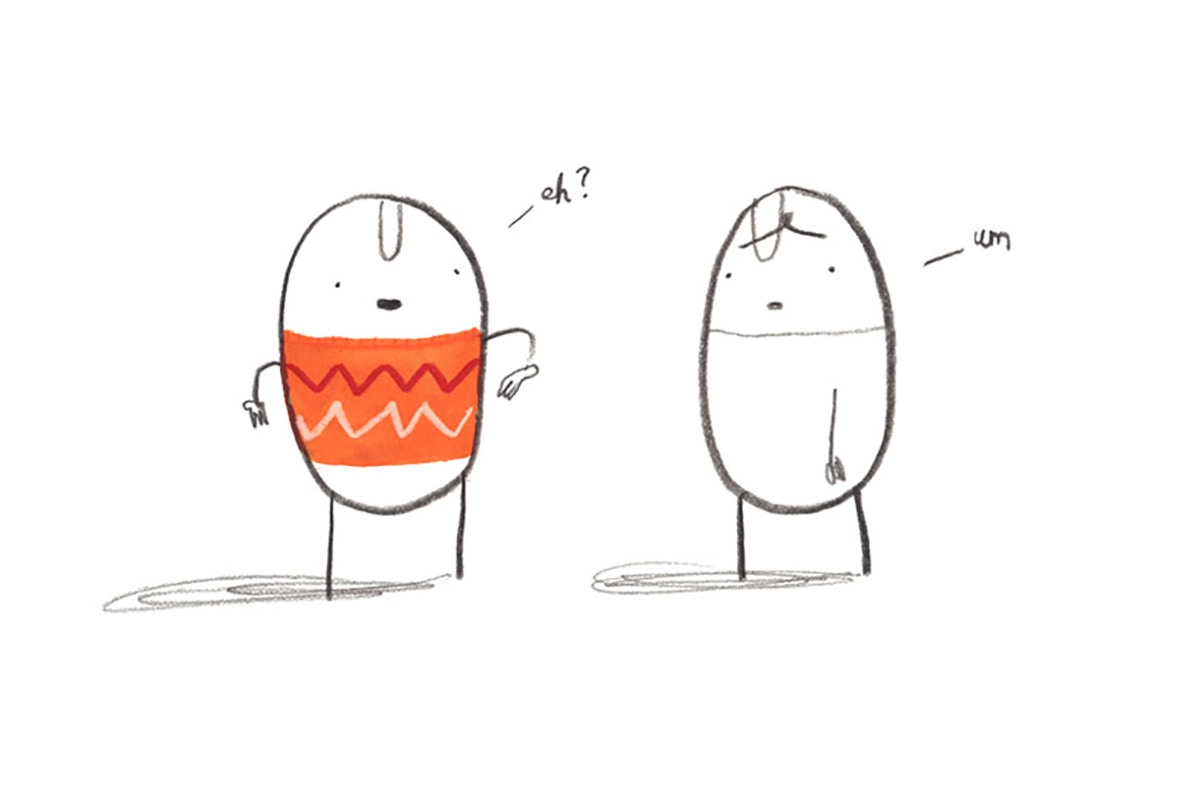Would you believe that the silly phrases you babble to your infant, like goo-goo, gaa-gaa, and coochy-coochy-coo, could hold the key to how we teach our children in the future? This bizarre ritual of baby talk is a common part of the early days of parenthood and, as ridiculous as it may seem, there is an essential reason for it.
Infant-directed speech – (IDS) as it is referred to in the scientific world – is when parents raise the pitch of their voice, slow down their speech, and repeat phrases when talking to their babies. For years, experts have noted that these vocal changes are important for children’s language development and help the babies recognize who their parents are. Now an additional attribute of our voice – called timbre – has been found to also play a major role in how we communicate with our babies.
Timbre is the tone “color” or unique quality of a noise we use to differentiate between the sounds of various people, animals, and instruments. Instead of being a distinct pitch or loudness, it's the unique collection of frequencies produced by the sound. Timbre is what gives sounds attributes like being scratchy, smooth, nasally, breathy, or raspy. It's how we can tell apart individual singers even if they're singing the same note in the same song. Each person’s voice box has a one-of-a-kind timbre.
It was recently discovered that mothers, no matter what language they speak, alter the timbre of their voices when talking to their babies. A research team lead by Princeton University neuroscientists set out to observe the vocal cues that parents use during baby talk, without even realizing they're doing it, to see if this impacts early language development.
To conduct the study that was published in Current Biology, the researchers recorded 12 English-speaking mothers while they played with and read to their seven- to 12-month-old infants. They also recorded those same mothers while they spoke to another adult. When parts of the recordings were analyzed using a special computer program, the researchers found that the mothers consistently shifted their timbre depending on whether they were talking to adults or to their babies. The computer was even able to discern baby talk from normal speech based on just one second of speech data recorded.
Next the researchers looked at 12 mothers who spoke nine different languages, including Spanish, Russian, Polish, Hungarian, German, French, Hebrew, Mandarin, and Cantonese, to see if this result worked for other languages as well. They found that the timbre change was consistent for all the mothers, no matter what language they spoke. Although only mothers were part of the study (in order to minimize the range of audio frequencies analyzed), researchers expect that the same results would occur with fathers as well.
This groundbreaking research has the potential to shift how we educate our children in the future. The data collected will help researchers understand what kind of speech keeps a baby’s attention, which could improve how we teach them. The study revealed that changes in timbre may denote a universal form of communication that mothers instinctively engage their babies with to support their language development.
The researchers anticipate that the unique timbre used by parents could help babies learn to direct their attention to their mother's or father's voice from an early age. This could lead to improving speech recognition software designed to teach language and communication skills. By tailoring virtual speakers on these programs to mimic the timbre of the parents’ voices, the children may engage more effectively. These programs could help babies learn to segment words, understand meanings of simple words, and break speech into different parts.
Essentially, timbre is a way for infants to understand the expression of emotion based on the musical characteristics of the voice and the interaction with a parent’s emotional state. Imagine your baby listening to educational programming that uses virtual teachers like robots or cartoon characters that imitate your voice. That could really have a major impact on your child’s learning experience.



